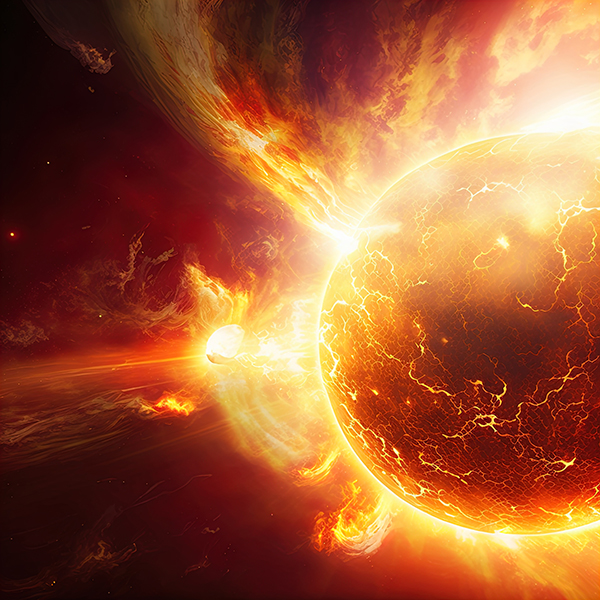
It may not be that apparent to us but in some regions of our home galaxy, stars, apparently, have clumped together to form shapes that may be familiar to us here on Earth.
According to researchers, these baffling formations were first discovered in 2013, during the European Space Agency’s Gaia mission.
The Gaia mission, as noted by scientists, was tasked to run a census of the Milky Way, and was meant to catalog more than 1 billion of the galaxy’s stars, including their precise measurements, locations and movements.
Among its findings, the researchers said, were strange formations -- some of which even resemble Earth-like structures such as mountain ranges, arches and valleys.
In a bid to understand the possible reasons behind the formations, a team led by astronomers at the University of Sydney, Australia, decided to try to recreate in computer models some of the features that they see in the stars.
As reported in the preprint journal arXiv, the researchers focused on a series of eight ridges in the Milky Way that are folded up alongside each other like a mountain range.
These ridges, according to data from Gaia, were sandwiched together in the middle layer of the Milky Way's disk, with each summit studded with a collection of unique stars.
According to the researchers, these stars were similar in chemical composition to the sun, which meant that they were relatively young and that they weren't as scattered as the older stars were.
This, the researchers said, also meant that they could be of help when it comes to understanding the origins of the ridges.
As described in the paper, the research team then used computer simulations to check if the distribution of stars could be recreated under different conditions and circumstances, with the team noting that the ridges more closely matched those created in isolated regions when put through an internal process called phase-mixing. (Related: Experts: “Cataclysmic flare in the Milky Way felt 200,000 light-years away.”)
In addition, the researchers said, the presence of young stars in the ridges also suggested that a nearby force was the source for the features, especially since in simulations where regions were hit gravitationally by a passing galaxy, much taller ridges than the ones seen in the Milky Way would often show up.
In a statement, Shourya Khanna, an astronomer at the University of Sydney and the lead author of the research paper, noted that it is highly likely that a combination of the two caused the series of formations, adding that the height of the ridges can be used to check whether internal or external processes were responsible for their creation.
Proof of this, Khanna and his team said, is a separate study that found evidence that a nearby galaxy once passed through the Milky Way.
According to the researchers, it is this type of external interaction that would have the necessary magnitude to create streams of stars, while internal processes such as phase-mixing are more responsible for the formation of ridges.
The researchers, however, have also pointed out some limitations regarding their study, chief of which is the absence of gas as a factor in their simulations. This, the researchers said, may have affected their study’s results.
For more stories about the cosmos, visit Space.news.
Sources include:
Please contact us for more information.





















